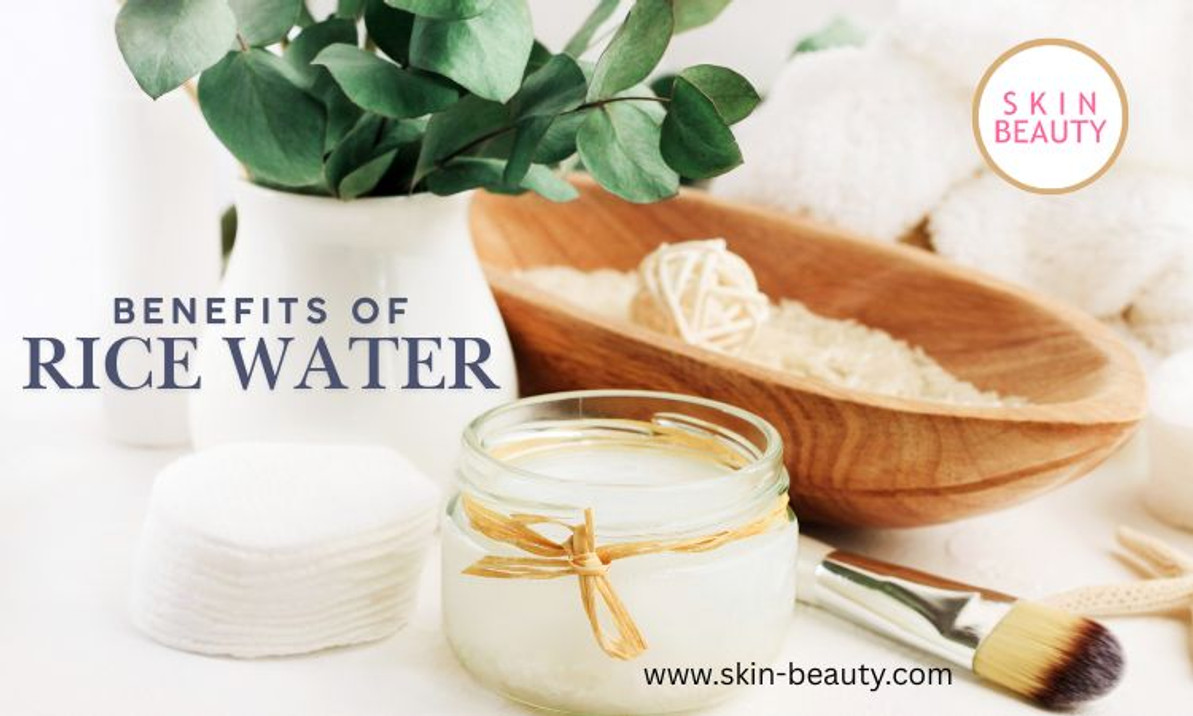What Are Micro-Peels?
What is a Micro-Peel?
Micro-Peels have soared in popularity due to their quick recovery time, effectiveness, and accessibility. It is a chemical peel that penetrates the outermost layers of skin to help smooth, brighten and soften the skin, and it can also help reduce pore size and discoloration of the skin.
They are a great option because there is rarely a long recovery time, and they are generally not painful. Most micro-peels use lactic and glycolic acids, naturally occurring AHAs (alpha-hydroxy acids). Treatments are offered in spas or available to consumers through at-home kits sold by skincare brands.

Micro Peel VS. Chemical Peel
Both types of peels are treatments that exfoliate the skin, but the main difference comes down to the intensity of each treatment.
Micro-Peel
Micro Peels are usually quicker and can be quickly done at home with an at-home kit. However, they do not penetrate the skin as deeply, making them less ideal for treating wrinkles or scars, but this means they can be used with other skincare treatments. In addition, there is hardly any recovery time, and there is a low chance that your skin will flake or scab. Most micro-peels and micro-peel kits will use alpha-hydroxy acids (AHAs) as the main ingredient.
Chemical Peel
This procedure is usually done by an esthetician or doctor, depending on the regulations placed in each city. These peels can range from mild to intense, with the gentlest peels using AHA's and the most intense peels using Phenol.
Chemical peels penetrate the skin on a deeper level which is excellent for correcting freckles, wrinkles, and age spots. However, this also means that the recovery time may be longer because you may develop scabs or flakes as your skin heals.
How do Micro-Peels help the skin?
Micro-peels are great to help
- soften the skin
- smooth the surface of the skin
- reduce the appearance of pores
- even out skin tone
- firms skin over time by promoting collagen production
- promotes faster exfoliation process
Micro-peels are not effective when treating things like age spots and wrinkles because they do not penetrate as deeply, but they may help reduce the appearance of very, very fine lines. In addition, they can help expedite the process of achieving your desired skincare results because they exfoliate the skin but can also be used with other types of skin care treatments.
However, it's important to speak with your esthetician or dermatologist to see if a micro-peel can help you achieve your desired results.
Frequently Asked Question: Do micro-peels hurt?
You may experience slight discomfort during and after treatment, but it should not be painful, and no anesthesia is required.

How do you apply/use a micro-peel?
The application of a micro-peel will vary depending on the manufacturer's instructions, type of kit, or differ depending on the process of each esthetician. But at-home kits will have different steps than a micro-peel done in a spa.
An esthetician may start a micro-peel by dermaplaning, using a razor to "shave" off dead skin cells, and then apply the actives or AHAs (acid solution). They may also add stimulants like dry ice.
At home, kits may offer lower concentrations of the active/ AHAs but what is great about them is that they typically come with everything you need to get the best results; this includes any aftercare products like moisturizer or calming balms. Also, because you are applying actives like glycolic acid or lactic acid, you may notice a slight burning or itching sensation, which should quickly go away.
Results will vary from person to person, but you can generally see results a couple of weeks after the peel. Maintenance peels should be done every one to three months. Otherwise, results will last from 3-6 months without any maintenance. Your results will also depend on the concentration levels of your AHA/active; higher concentrations act more rapidly at a deeper level.
Recovery
One of the great things about micro-peels is that the healing process is relatively straightforward, and you do not have to avoid things like makeup because micro-peels do not penetrate as deeply as chemical peels.
If you have more sensitive skin or are doing a micro-peel for the first time, you may notice some temporary redness or flaking, but you can minimize that with proper aftercare.
Applying the right moisturizer will help prevent dryness, and don't forget to protect your skin and use SPF daily.

Risks of micro-peels
There are no significant risks associated with micro-peels; however, you may experience:
- redness/ irritation of the skin
- tingling/burning sensation while during application
- increased sensitivity to fragrance, makeup, or soaps
Remember always check the ingredients of the products to see if there may be something that can irritate your skin. It may be best to start with a lower concentration of enzymes/AHAs so your skin can adjust and less risk of skin irritation.
Recent Posts
-
Best Face Wash for Sensitive Skin
My Journey to Finding the Best Face Wash for Sensitive Skin If you’re reading this, you probab …Apr 22nd 2025 -
Best Under-Eye Bags Cream and Treatment
Best Under-Eye Bags Cream and Treatment Do you have the dreaded under-eye bags that make you look l …Apr 14th 2025 -
Rice Water for Skin Benefits
Rice Water for Skin Benefits Rice water for skin has become a viral beauty trend that is supposed t …Apr 4th 2025




